Territory
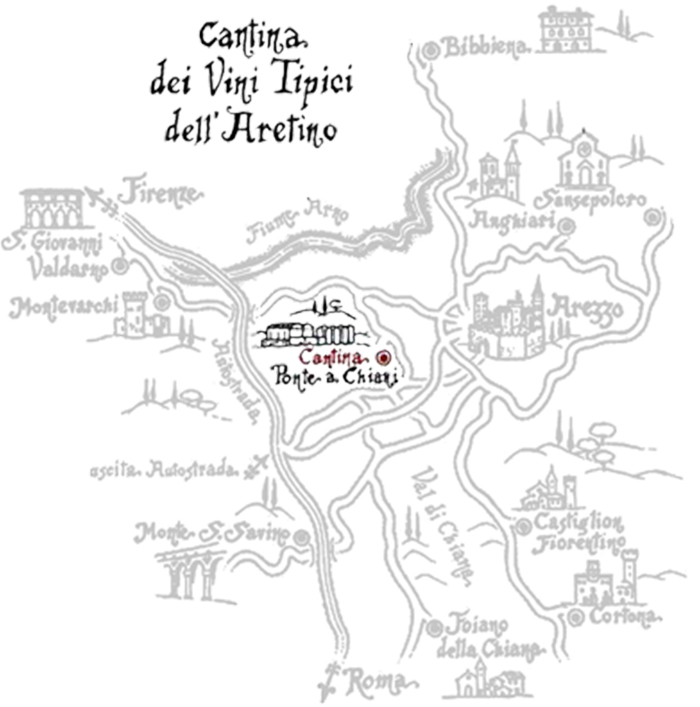
Arezzo, in the heart of Tuscany, boasts a millenial tradition in the culture of the grapevine cultivation , first Etruscans , and later Romans started the viticulture and the wine production . Their legacy has arrived to the present day. With our 400 associated and our daily dedication we are part of the wine tuscan tradition.
Our province ,divided into valleys , boasts a rich biological diversity. In the valley of Casentino there are rough texture lands rich in shale , marl and sandstones , that give fresh and mineral wines , in the Valdarno valley the fluvial lands with a sandy and clayey substratum give to wines floral and spicy notes with great persistence . The Valdichiana valley , with its fluvial lands rich of carbonate gives wines with a wide range of flavours with fruity and spicy notes.
"The Etruscans were the first to cultivate vines in this region, starting in the 8th century BC."
TUSCANY, between history and wine culture
Tuscany is the italian region where the culture of wine boasts the most ancient traditions. Tuscan wine speaks a noble and ancient language, where simple farmers and noble families have dedicated themselves to the grapes cultivation for centuries.They used living trees as support of the grape:even nowadays in some areas of Tuscany you can notice traces of this aerial way of growing. This sustainable practice of the Tuscan tradition has left a natural and arboreal patrimony unique in our region. However, during the Roman Empire Tuscan wines begin to acquire the fame that will not abandon them in the following centuries up to nowadays . Nowadays Tuscan wines are known and appreciated all over the world , as well as the land that produces them.
"The regional landscape has been shaped over time in function of the grapevine showing signs of extraordinary and fascinating beauty.A land of gentle hills, light views , colours that turn to ocra Senese, to green to Maremman blue."
Tuscany is the region that has been able to best combine tourism with oenology, thanks also to the beauty and variety of its landscapes. Tuscany is a varied wine-growing landscape that embraces a wide band of irregularly spaced relief between the Apennines and the coastal plains. A varied morphology with areas ranging from tha Apuan Alps , consisting mainly of limestone and clay, to the hills of Chianti , composed of clay marl, sandsone and clay. The Metalliferous Hills and, further south, Monte Amiata have soil with a fluvial surface derived largely from the breaking up of volcanic rocks, sandstone, clay and tuff. The big variety of lands combined with the millennial tradition, make Tuscan one of the wine –producing region most appreciated in the world.
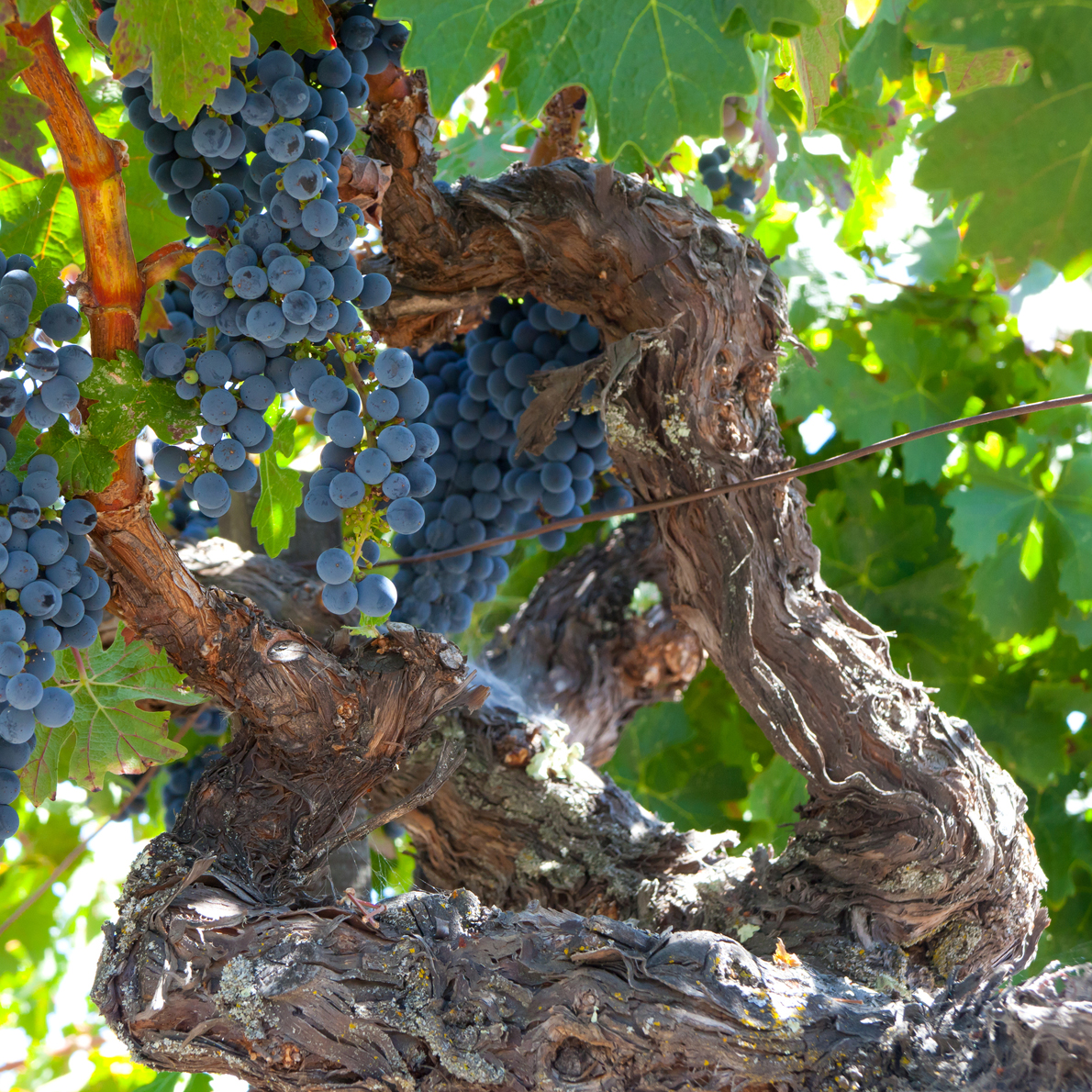
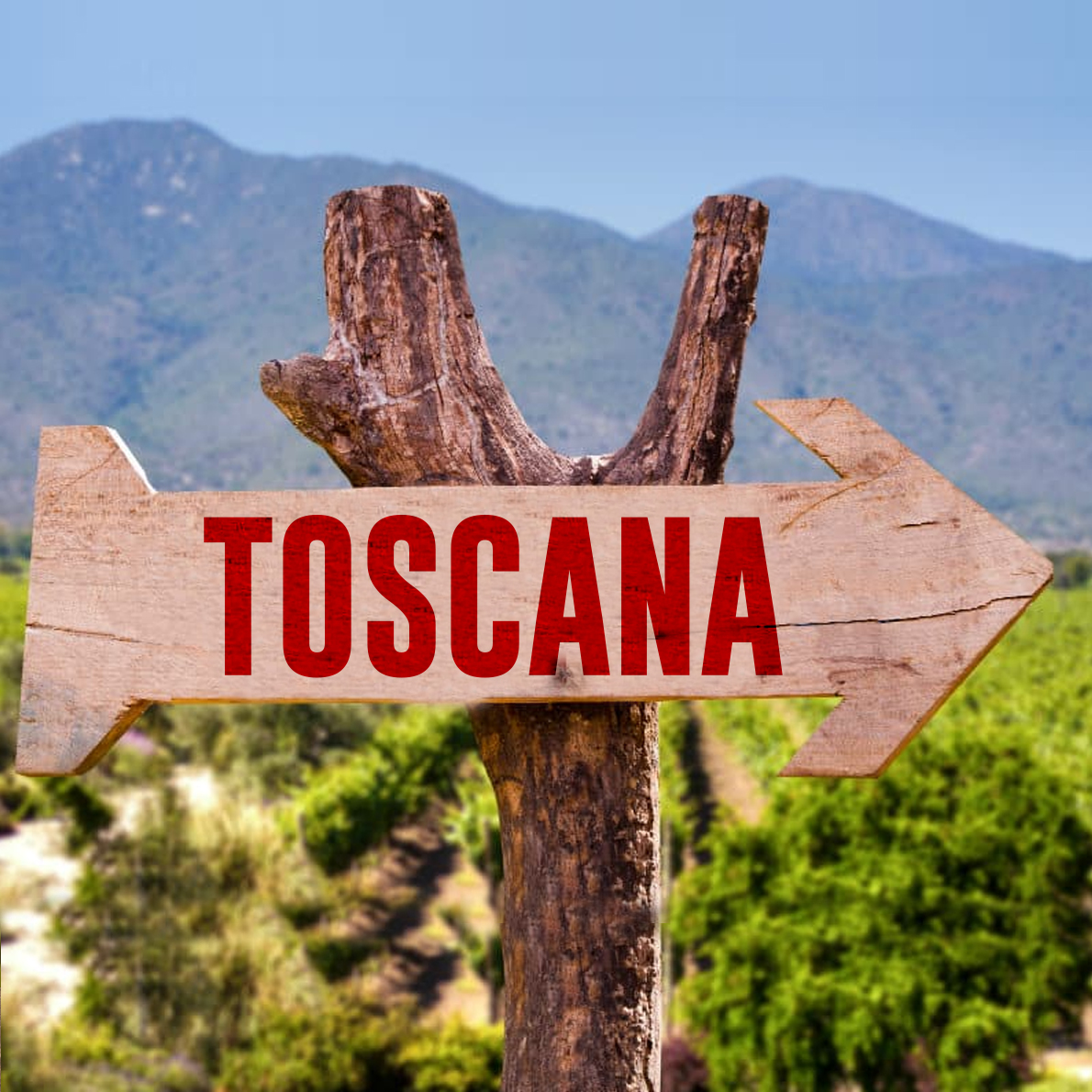
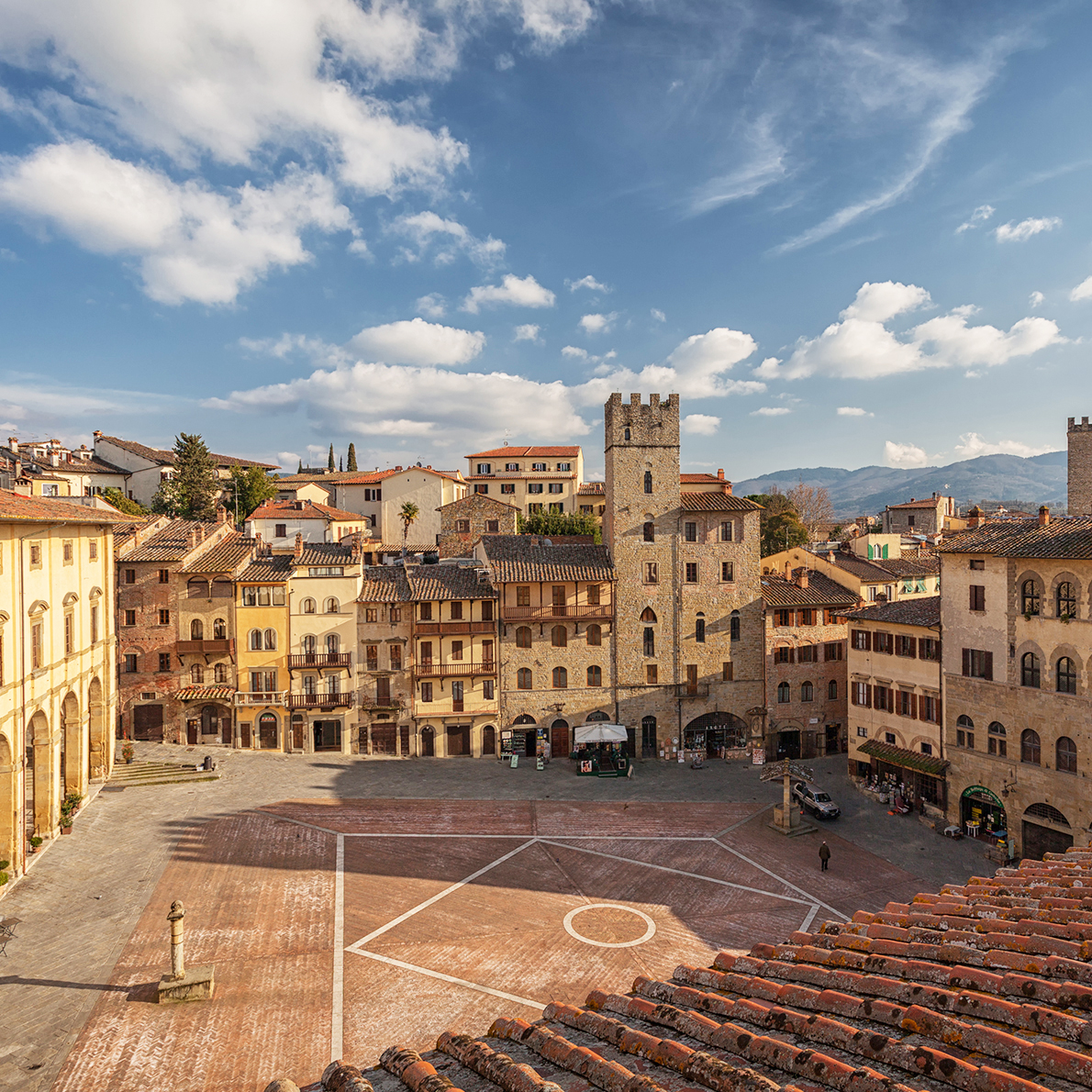
In each of our wines there is a story, there is the sun of the Tuscan Hills of Arezzo, there is our land and there are the people, the winemakers, the great protagonists of our cellar.
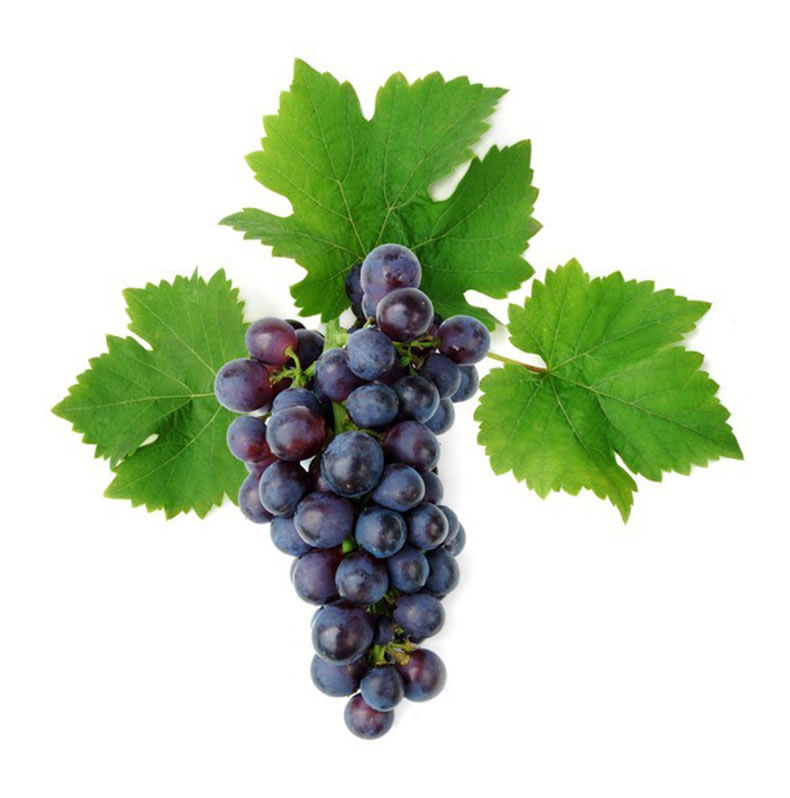
Chianti - History and characteristics
Chianti , which takes its name from the homonymous area, is the most known in the world italian red wine .The name of Chianti is mentiond for the first time in the end of fourteenth century , but the wine as we know it nowadays , made of Sangiovese enriched with Canaiolo and Trebbiano , was codified in the nineteenth century by Baron Ricasoli.Originally the Chianti area extended between Florence and Siena , but as far back at the year 1726 an announcement of the grand Duchy of Tuscany enlarged the area of production to the nearby lands, a decision ratified in 1932 by a decree of the king of Italy that at the same time definied the Chianti Classico area as the original one.
"The Chianti Colli aretino , whose excellent quality was first mentioned in the 14th century, is a Controlled and Guaranteed Designation of Origin red wine.D.O.C.G."
It is produced in the Province of Arezzo mainly using 75% to 100% Sangiovese and up to 10% black Canaiolo, Trebbiano or Malvasia of Chianti up to 10% and 10% other red varieties authorised by the regulations. The colour is ruby red, the flavour tends to be fresh and dry. It is a wine for the whole meal, medium alcoholic and to be drunk young. Some companies, however, produce more full-bodied wines suitable for conservation over time. The Chianti Colli DOCG has a minimum alcohol content of 12.5% and is sold from March following the harvest.
"Chianti Riserva, on the other hand, is aged for 24 months before being sold. This extraordinary wine has a minimum alcohol content of 13%."
From the steaming and tasty Tuscan soups to the delicious grilled meat, from stewed fish to boiled beef, the wines produced in the province of Arezzo are versatile wines, that go very well with any dish on the table. Discovering the wines of the hills of Arezzo is a sensory journey that brings you closer not only to the world of wine but also to the rich and fascinating gastronomic culture of the area.



